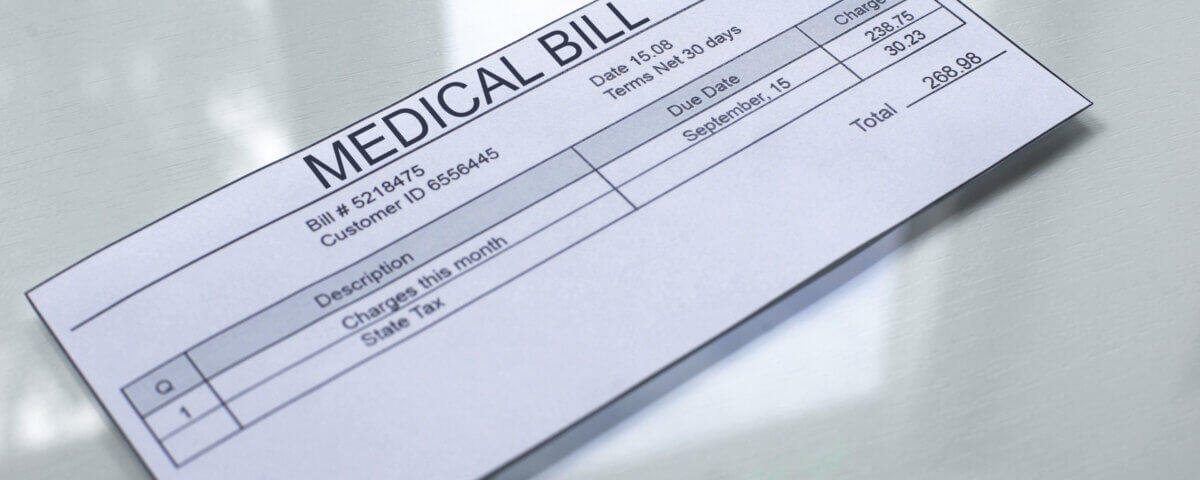After a car crash many people assume the at-fault driver’s insurance will immediately pay all medical bills. Reality is usually more complicated. Understanding how medical expenses are handled helps protect your rights and avoid surprises.
Who Initially Pays for Treatment
You as the injured person are generally responsible for getting medical care first. If you have health insurance it will often cover much of your treatment, though you may still owe deductibles, co-pays, or co-insurance. If you do not have health insurance you may need to pay out of pocket or find other options such as payment plans, medical liens or clinic assistance.
If Another Driver Was at Fault
If someone else is found responsible for the crash you may later be able to recover what you paid in medical bills, and also what you expect to owe in the future. Once fault is established you can make a claim or negotiate with the at-fault party’s insurance to cover those losses.
When You May Pay First and Settle Later
Even in clear fault situations you often must pay for treatment up front. Settlements from the at-fault driver’s insurer usually come much later. During that time you may rely on your health insurance or other payment sources. You might also accept medical providers putting liens on any future settlement to ensure they get paid once your legal case resolves.
What Happens If the Settlement Is Less Than Your Medical Costs
Early settlement offers sometimes fall short of covering all medical treatment and future needs. Accepting too quickly can leave you stuck with remaining bills. Before settling make sure all current medical records, future treatment plans and expenses are clearly accounted for.
How an Attorney Helps
An attorney experienced in car accident injury claims can help you:
- Document all medical care including ongoing or future treatments
- Negotiate so settlement covers all losses including medical costs, lost income, pain and suffering
- Preserve medical liens and make sure providers are paid fairly
- Ensure you do not accept a low-offer without knowing full extent of your injuries
Note: These blog posts are created solely for the use of Hillstone Law. The information is gathered from internet research, publicly available sources, and artificial intelligence (AI) tools such as ChatGPT. While we aim to share helpful and educational content, Hillstone Law does not independently verify every detail. Some information may be incomplete, outdated, or subject to change without notice. If you believe any part of a post is inaccurate, misleading, or infringes upon copyright, please contact Hillstone Law immediately so we can review it and take appropriate action, including correction or removal.
Disclaimer: The material provided in these blogs is for general informational purposes only and should not be considered legal advice. Reading these posts does not create, and is not intended to create, an attorney-client relationship with Hillstone Law. Our intent is to share knowledge, raise awareness, and provide helpful resources to the public; however, Hillstone Law makes no warranties or guarantees about the accuracy, completeness, or reliability of the information provided, and expressly disclaims liability for any actions taken in reliance on it. The photos used in these posts are for illustrative purposes only and do not depict actual clients, individuals, or incidents unless expressly stated. If you or a loved one has been injured in an accident, please contact Hillstone Law at (855) 691-1691. Our attorneys are available to answer your legal questions and help you understand your rights.







